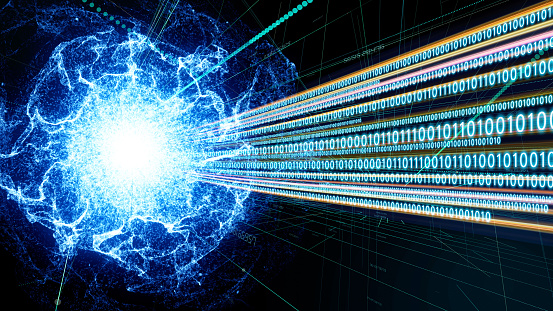Exploring the Mysterious World of Quantum Entanglement
FAQs on Quantum Entanglement
Q1: What is quantum entanglement?
Quantum entanglement is a phenomenon where two or more particles become linked in such a way that the state of one instantly influences the state of the other, no matter the distance between them. It’s like an invisible connection that defies classical physics.
Q2: How does quantum entanglement work?
Entangled particles share a single quantum state. When you measure one particle, the measurement instantly affects the other. This “spooky action at a distance” happens due to quantum mechanics principles and cannot be explained by traditional physics.
Q3: Can quantum entanglement send information faster than light?
No. Although entangled particles influence each other instantly, this cannot be used to transmit messages faster than light. The effect is instantaneous, but usable communication still obeys the speed-of-light limit.
Q4: Why is quantum entanglement important?
Quantum entanglement is crucial for understanding the fundamental laws of nature. It forms the backbone of advanced technologies like quantum computing, ultra-secure quantum communication, and quantum cryptography.
Q5: How do scientists create entangled particles?
Researchers use specialised equipment, like lasers and particle traps, to generate entangled particles. Techniques include photon pair generation and cold atom entanglement, allowing controlled experiments in labs.
Q6: What are real-world applications of quantum entanglement?
-
Quantum Computing: Entanglement allows qubits to process complex calculations much faster than classical computers.
-
Quantum Cryptography: Guarantees secure communication that is theoretically unhackable.
-
Quantum Teleportation: Transfers quantum states between particles over long distances, useful for future networks.
Q7: Is quantum entanglement like magic?
It might seem magical, but it’s a well-documented scientific phenomenon. While the results appear mysterious, entanglement obeys the precise rules of quantum mechanics.
Q8: Can we see quantum entanglement?
Not with the naked eye. Entangled particles are extremely small (atoms, photons, or electrons), and their quantum states can only be observed indirectly through experiments.
Q9: Who discovered quantum entanglement?
The concept was introduced by Albert Einstein, Boris Podolsky, and Nathan Rosen in 1935 (EPR paradox), but it was experimentally confirmed later, with key contributions from physicists like John Bell and Alain Aspect.
Q10: Where can I learn more about quantum entanglement?
Reputable sources include scientific journals, educational websites, and online courses in quantum mechanics or quantum computing. Universities and research labs also publish fascinating experiments online.


Comments